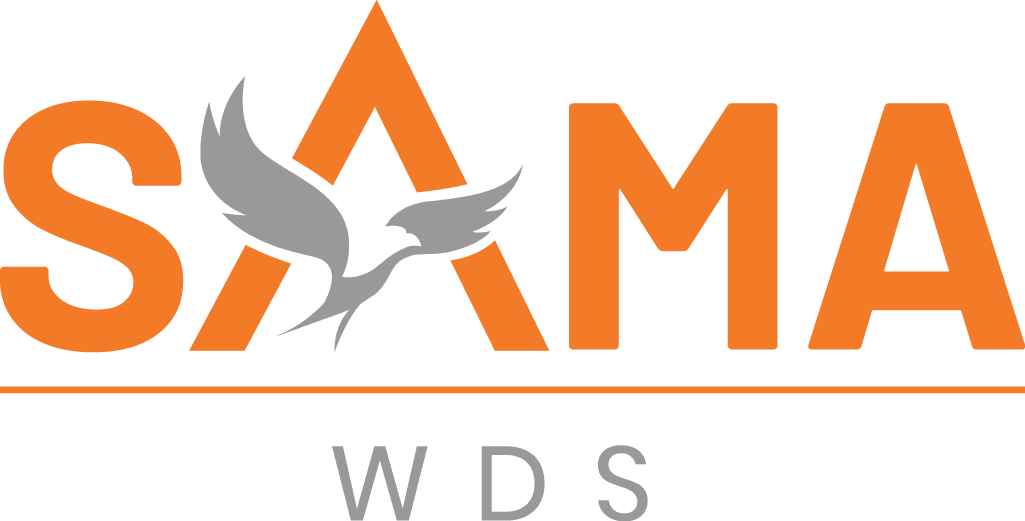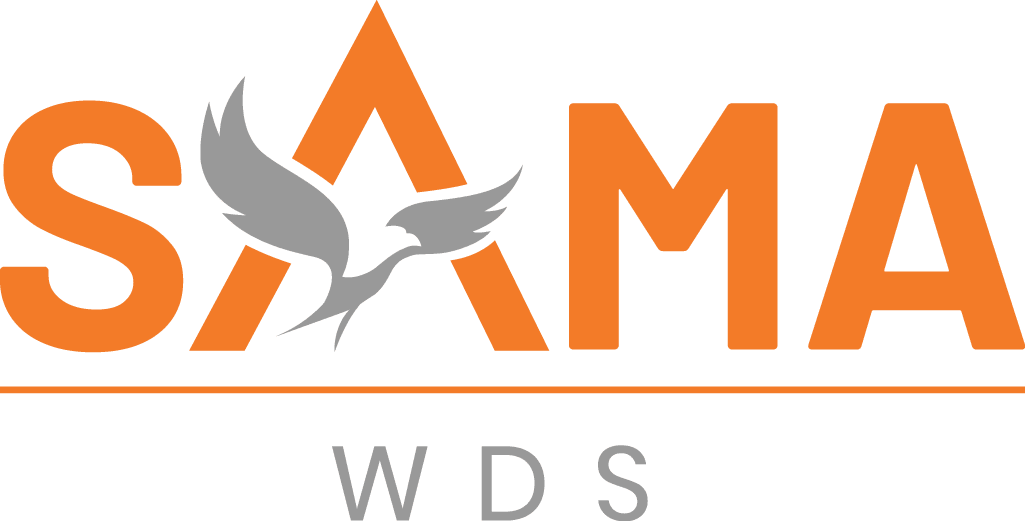
Best Practices for Successful Workday EIB Implementation
Workday’s Enterprise Interface Builder (EIB) is an integral component of the Workday Human Capital Management (HCM) system, providing organizations with a powerful tool for data integration, migration, and management. In order to harness the full potential of EIB and ensure a successful implementation, it is crucial for organizations to adopt and adhere to a set of best practices. This article will delve into these best practices, covering various aspects such as planning, configuration, data governance, performance optimization, integration with business processes, documentation, error handling, and staying informed about updates.
Understanding Workday EIB
Definition and Purpose
Workday EIB is a versatile tool designed to facilitate seamless data transfer and integration within the Workday system. Its dual functionality—handling both inbound and outbound data—makes it a cornerstone for organizations looking to streamline their data processes.
Types of EIBs
Understanding the distinct characteristics of inbound and outbound EIBs is essential. Inbound EIBs are used for data migration into Workday, while outbound EIBs are employed for exporting data out of the system.
Common Use Cases
EIBs find application in various scenarios, including data migration during system implementation, mass updates to existing data, and integration with external systems, ensuring a holistic approach to data management.
Planning for EIB Implementation
Assessing Data Migration Needs
Before embarking on EIB implementation, organizations must conduct a comprehensive assessment of their data migration requirements. This includes understanding the volume and complexity of data that needs to be migrated.
Defining Data Transformation Requirements
Mapping out data transformation needs is crucial for aligning data structures with Workday’s standards, ensuring that data is accurately transformed during migration.
Identifying Stakeholders
The success of EIB implementation relies heavily on collaboration. Identify key stakeholders from HR, IT, and other relevant departments to ensure that everyone’s needs and expectations are considered.
Creating a Detailed Project Plan
Develop a robust project plan that outlines timelines, milestones, resource allocation, and communication protocols. A well-structured plan sets the foundation for a smooth EIB implementation process.
Ready to ensure a successful Workday EIB implementation?
Sama specializes in designing, optimizing, and supporting advanced Workday EIB implementation workflows tailored to your unique business needs.

Best Practices for EIB Configuration
Data Mapping and Transformation
Accuracy in data mapping and transformation is paramount. Utilize Workday calculated fields effectively to achieve precise data transformations.
Configuring EIB Security
Implement role-based access controls and encryption measures to ensure data security and compliance with regulatory requirements.
Testing and Validation
Devise a comprehensive testing strategy that includes data validation processes. Testing ensures that EIB configurations work as intended before moving them into a production environment.
Data Quality and Governance
Establishing Data Governance Policies
Define and enforce data governance policies to maintain the quality and consistency of data within the Workday system.
Regular Data Audits and Cleanup
Periodic audits of data integrity and cleanup procedures help address anomalies, ensuring a clean and reliable data environment.
Monitoring and Addressing Data Anomalies
Implement proactive monitoring systems to detect and address data anomalies promptly, maintaining a high level of data quality.
Performance Optimization
Batch Processing Best Practices
Optimize batch sizes and manage dependencies between EIBs for improved performance, ensuring efficient processing of data.
Addressing Performance Bottlenecks
Identify, troubleshoot, and resolve common performance issues by leveraging Workday reports for continuous monitoring and improvement.
Integrating EIB with Workday Business Processes
Automation of EIB Execution
Leverage Workday Studio for automation and implement event triggers to seamlessly integrate EIBs with existing business processes.
EIBs in Workday Workflows
Incorporate EIBs into existing workflows to ensure data consistency and streamline business processes, creating a cohesive and efficient data management system.
Documentation and Knowledge Transfer
Creating Comprehensive Documentation
Document EIB configurations thoroughly for future reference, knowledge transfer, and to facilitate troubleshooting.
Conducting Training Sessions
Conduct training sessions for administrators and end-users to ensure proficient usage of EIB functionality, promoting effective utilization within the organization.
Establishing a Knowledge-Sharing Culture
Encourage a culture of knowledge sharing within the organization to foster continuous learning and improvement regarding EIB implementation and usage.
Handling Errors and Exceptions
Setting Up Robust Error Handling
Establish a robust error-handling mechanism to detect and resolve errors promptly, minimizing disruptions in data processes.
Implementing Notification Workflows
Implement notification workflows for error resolution, ensuring a proactive approach to error management and timely response.
Continuous Improvement Based on Error Analysis
Analyze recurring errors and iteratively improve EIB configurations and processes, fostering a culture of continuous improvement.
Conclusion
In conclusion, successful Workday EIB implementation demands meticulous planning, precise configuration, adherence to data governance principles, performance optimization, seamless integration with business processes, thorough documentation, and proactive error handling. By embracing these best practices, organizations can unlock the full potential of Workday EIB, streamlining data management processes, enhancing system efficiency, and ensuring a future-ready data ecosystem. It’s imperative to stay proactive, stay informed, and continually refine EIB processes to adapt to evolving business needs and technological advancements. The effective implementation of Workday EIB is not just a one-time task but an ongoing journey towards efficient data management.
Ready to ensure a successful Workday EIB implementation?
Sama specializes in designing, optimizing, and supporting advanced Workday EIB implementation workflows tailored to your unique business needs.

